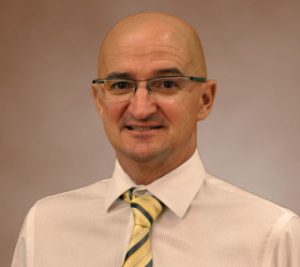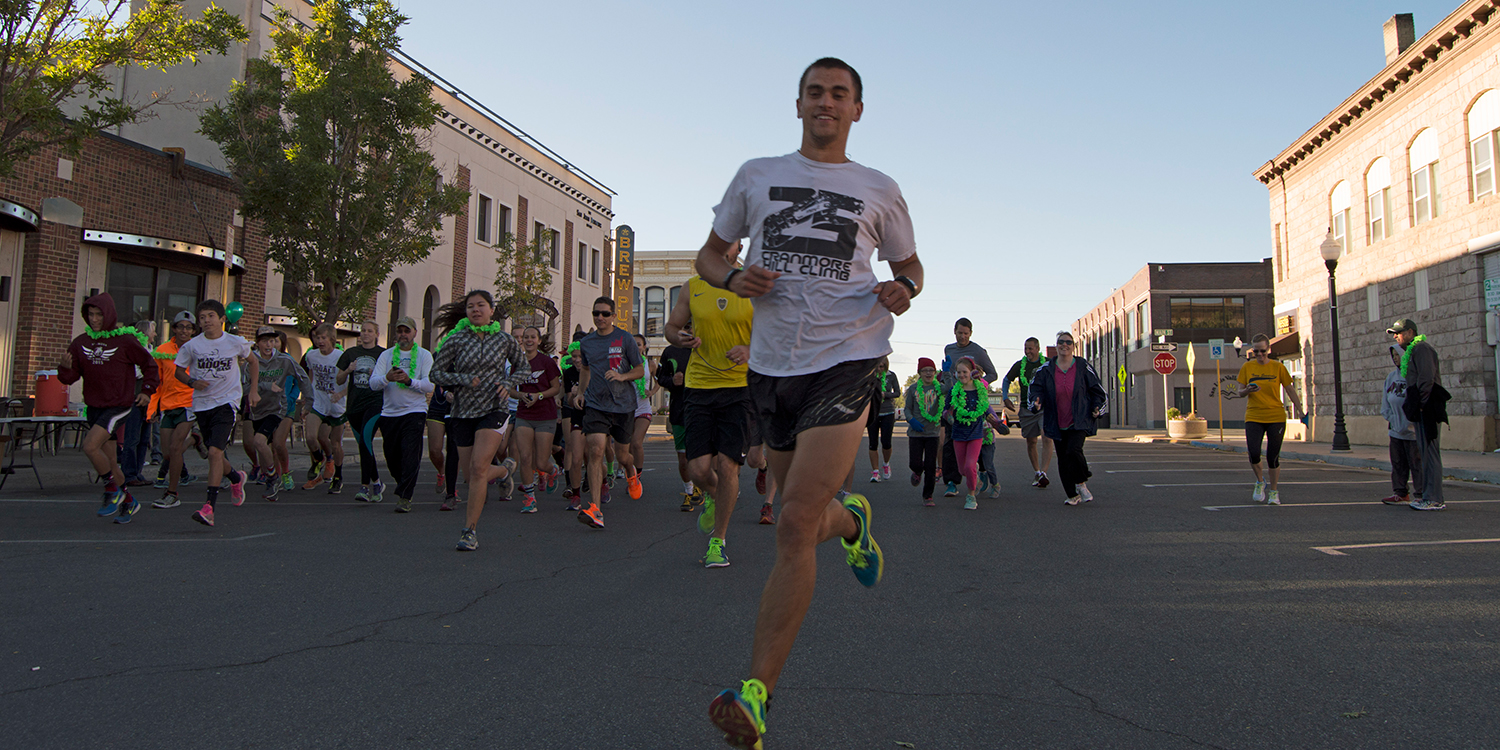The Adams State University Department of Human Performance and Physical Education is pleased to host Exercise is Medicine: Lessons we have learned from exercise physiology that are applicable to chronic diseases, with special guest Iñigo San Millán, Ph.D., at 6 p.m. Wednesday Oct. 17, in Richardson Hall Auditorium. The event is free and open to the public. Light refreshments will be served.
Offering a perspective of how the field of exercise physiology and metabolism is at a position of being a key player to understand the most important chronic diseases affecting our society and from a multidisciplinary manner, contribute to clinical programs for the improvement of multiple metabolic and chronic diseases.
The field of exercise physiology and metabolism has been around for several centuries. The curiosity to explore the physiological and metabolic response to exercise has captivated top researchers from several decades. In the late 1700’s Antoine Lavoisier, the father of modern chemistry” performed the first metabolic test to measure the O2 cost of exercise. In the 1920’s there was a revolution in the field of physiology where several Nobel Laureates like Warburg, Meyerhof, AV Hill Hopkins or Severo Ochoa, decided that it was time to go from what was known about the cardiorespiratory adaptations to exercise to start understanding the cellular responses to exercise and physiological stress; this lead to the understanding of substrate utilization (mainly glucose and fatty acids) as well as mitochondrial respiration. Regardless of the enormous advances in metabolism and cellular metabolism during those years, the field of exercise physiology and metabolism had a stagnation period of several decades until in the 1970’s and 80’s legendary physiologists like Costill, Bergstrom, Saltin or Hultman started to study muscle metabolism at both histological level through muscle biopsies as well as at improving the understanding of substrate utilization. Further, in the mid 1980’s George Brooks took the understanding of exercise metabolism to a whole different level using isotope tracer studies to understand glycolysis and lactate. All these legends set the path for us to continue exploring exercise physiology to new pathways and applications. One of them is the area of chronic diseases where many of these diseases have deep metabolic roots like type 2 diabetes, metabolic syndrome, obesity cardiovascular disease (all together called nowadays “cardiometabolic disease”) and even cancer.
 San Millán, University of Colorado School of Medicine assistant professor, has worked for the past 22 years for many professional teams and elite athletes worldwide across multiple sports like basketball, football, soccer, rowing, triathlon, running, Olympics and cycling, including eight pro cycling teams. He has also been a consultant in exercise physiology and sports medicine to international organizations like the US Olympic Committee and the International Cycling Union. He has been a pioneer in developing new methodologies for monitoring athletes at the metabolic and physiological level including the invention, along with his colleague Dr. John Hill, of the first method to measure skeletal muscle glycogen in a non-invasive manner using high frequency ultrasound. He has also developed the first methodology to indirectly measure mitochondrial function during exercise and along with his colleague Dr. George Brooks, developed the first structured hypothesis to explain the Warburg Effect and its purpose in cancer with lessons learned from exercise metabolism. His areas of research and clinical work also include cardiometabolic disease, diabetes, cancer and critical care trying to apply what he has learned from working with elite athletes to populations with chronic diseases.
San Millán, University of Colorado School of Medicine assistant professor, has worked for the past 22 years for many professional teams and elite athletes worldwide across multiple sports like basketball, football, soccer, rowing, triathlon, running, Olympics and cycling, including eight pro cycling teams. He has also been a consultant in exercise physiology and sports medicine to international organizations like the US Olympic Committee and the International Cycling Union. He has been a pioneer in developing new methodologies for monitoring athletes at the metabolic and physiological level including the invention, along with his colleague Dr. John Hill, of the first method to measure skeletal muscle glycogen in a non-invasive manner using high frequency ultrasound. He has also developed the first methodology to indirectly measure mitochondrial function during exercise and along with his colleague Dr. George Brooks, developed the first structured hypothesis to explain the Warburg Effect and its purpose in cancer with lessons learned from exercise metabolism. His areas of research and clinical work also include cardiometabolic disease, diabetes, cancer and critical care trying to apply what he has learned from working with elite athletes to populations with chronic diseases.
Sponsors for the Lecture Series also include ACSM Rocky Mountain Chapter and CU School of Medicine. For more information contact Tracey Robinson, Ph.D., professor of HPPE, at tlrobins@adams.edu.



